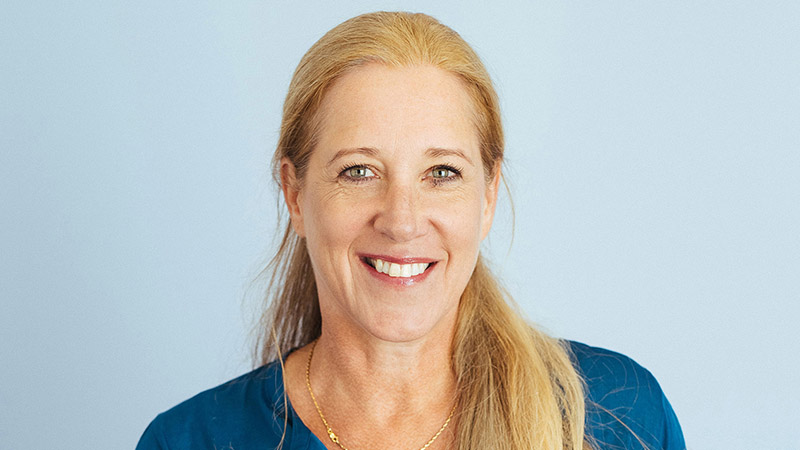Concerns raised with SMSFs self-assessing for early release
With the ATO expressing concerns about fraudulent withdrawals being made by SMSFs under the early release of super scheme, an SMSF specialist has outlined some tips on what to do for clients in this situation.
In an online article, Heffron SMSF Solutions senior SMSF specialist Alex Denham said the ATO has long flagged concerns about illegal early release by SMSFs, with the early release of super scheme presenting some new risks for SMSF members in this area.
“Recently, the ATO has voiced concerns around members of super funds self-assessing their eligibility for the coronavirus early release and has already identified cases of fraudulent withdrawals,” Ms Denham said.
“Anyone seeking to withdraw under this condition of release should ensure that they meet all of the criteria, including the requirement that they are seeking the release due to suffering adverse financial effects as a result of the coronavirus situation.”
Ms Denham noted that where trustees consciously withdraw money from the fund, then later realise that it was illegal, this is not an administrative error.
Returning the money to the fund in any situation where the withdrawal was not a genuine administrative error could result in illegal early access and a contribution, she warned.
For clients that have withdrawn amounts from their fund, the first step, she said, is to look for a legitimate way the money could have been withdrawn.
“Could a member have met a condition of release at the time of the withdrawal? If so, determine if it is possible to put the documentation in place for the withdrawal to be a legal lump sum benefit, or perhaps a pension payment from a TRIS,” she explained.
If there’s no other way around it and it was an illegal early release, the consequences will vary depending on the circumstances, she said.
“Although it’s an illegal withdrawal, it is still a superannuation lump sum. However, the entire amount forms assessable income to the member and is taxed at their marginal rate, regardless of if it includes any tax-free component. For the purpose of the member’s personal return, it should be reported as ‘other income’,” she noted.
“If it hasn’t already, the fund needs to register for PAYG withholding and issue a PAYG Summary to the member, reporting the normal components even though they won’t be taxed that way.”
Ms Denham said from a fund administration point of view, the taxable/tax-free proportion should still be calculated and the tax-free component reduced to reflect the amount of tax-free component paid out.
“Trustee penalties will vary, and regard will be had for the circumstances under which the withdrawal was made,” she said.
“The fund can lose its complying status, and trustees can be disqualified and never be allowed to operate an SMSF again.”

Miranda Brownlee
Miranda Brownlee is the deputy editor of SMSF Adviser, which is the leading source of news, strategy and educational content for professionals working in the SMSF sector.
Since joining the team in 2014, Miranda has been responsible for breaking some of the biggest superannuation stories in Australia, and has reported extensively on technical strategy and legislative updates.
Miranda also has broad business and financial services reporting experience, having written for titles including Investor Daily, ifa and Accountants Daily.








